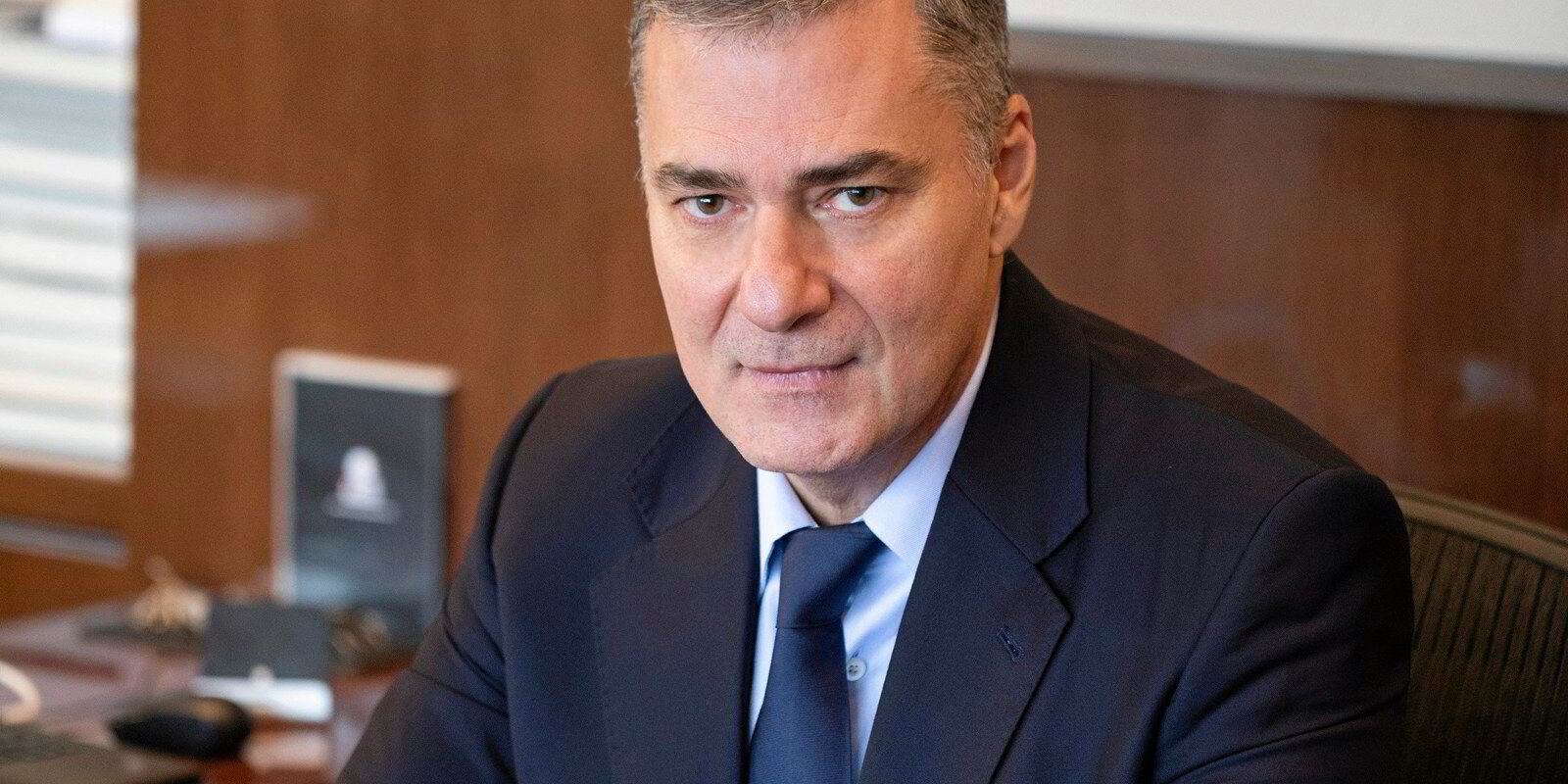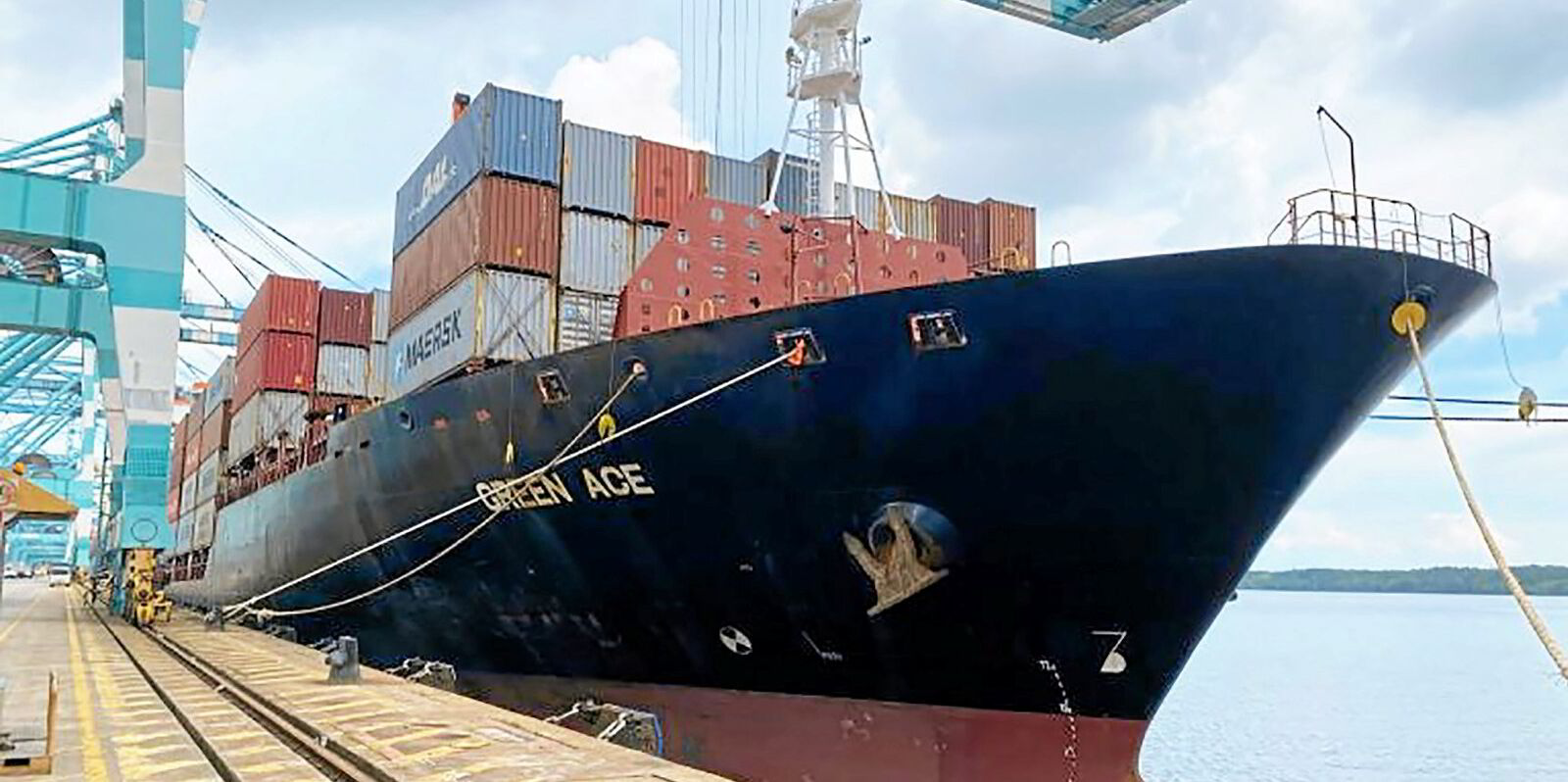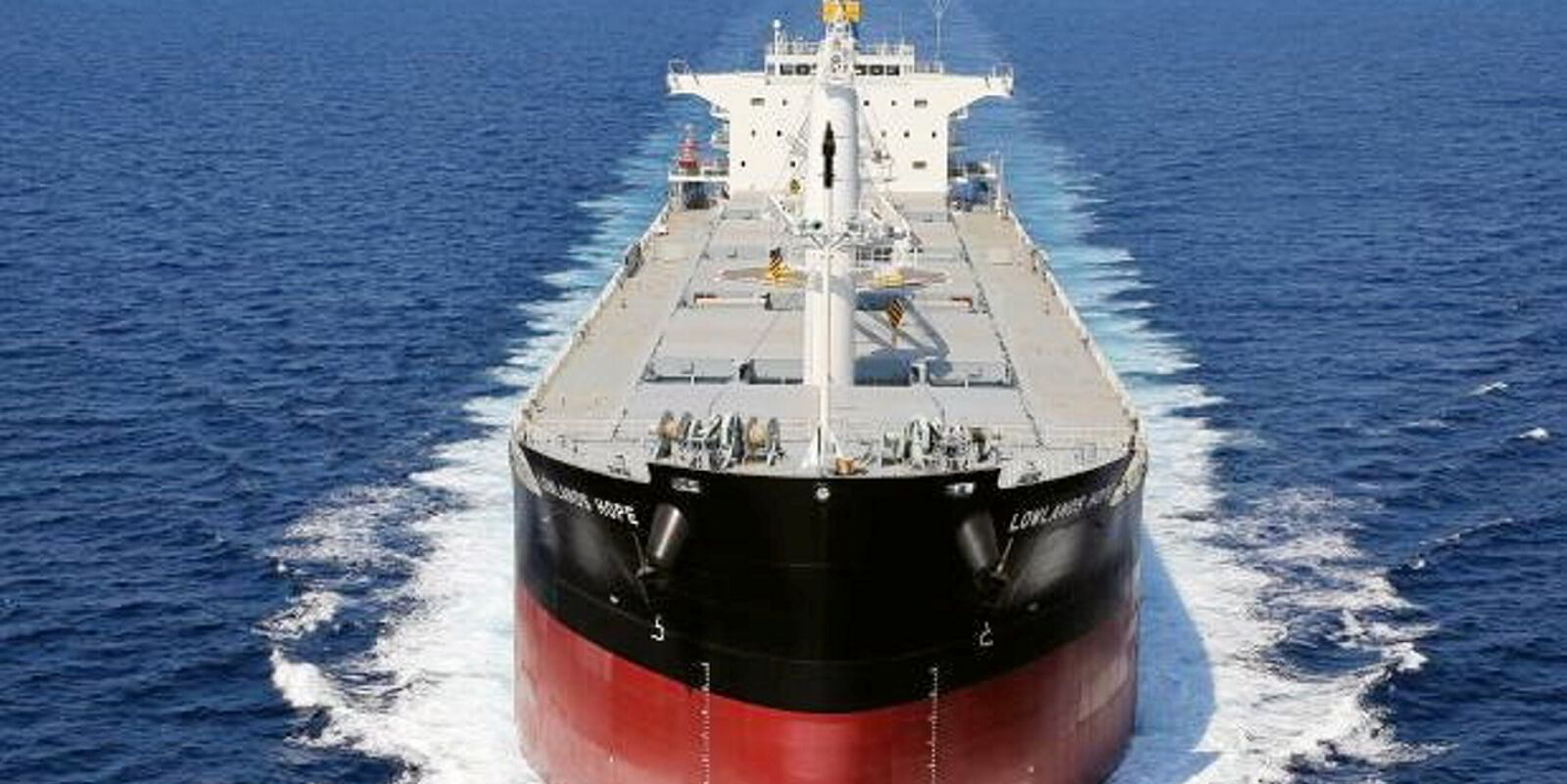Costamare, a US-listed owner-operator of about 160 bulkers and boxships, revealed on Friday that yet another batch of secondhand deals as part of a long-standing policy to renew its fleet with larger and younger bulkers.
It confirmed a TradeWinds report last week linking it to the purchase of two Oldendorff sister ships: the 61,100-dwt August Oldendorff (built 2015) and the one-year younger Alwine Oldendorff.
It did not disclose their price, but brokers reported that the pair changed hands for about $50m in total.
These are the first ultramaxes that Costamare has bought in more than a year.
It had instead been focusing its acquisition firepower on capesizes — it has bought five since early 2023.
The company revealed on Friday that it has acquired a sixth, the 179,500-dwt Nord Magnes (built 2011), at an undisclosed price.
Several brokers have reported that Norden sold that vessel in early September, but to Chinese buyers, for about $31m.
All of Costamare’s three fresh bulker acquisitions have scrubbers.
Alongside an impressive liquidity of $1bn, the company said on Friday that it has a further $94.2m available for potential vessel acquisitions through “hunting licence facilities” expiring in December 2025.
Capesize values, however, are at levels that are making the company selective about purchases.
Asked if he planned to grow the bulker fleet even further, chief financial officer Gregory Zikos told analysts on a conference call: “We’re going to be more careful… we can sit and wait, our fleet is big enough.”
On the other side of the sale-and-purchase fence, Costamare has continued its established policy of shaking out older bulkers by confirming two sales already reported by TradeWinds — the 58,000-dwt Oracle (renamed ASC Glory) and 58,100-dwt Titan I (renamed Afkar, both built 2009).
The company said that it also agreed to sell the 37,000-dwt handysize Discovery (built 2012).
Costamare has sold 15 smaller and older bulkers since early 2023 for total proceeds of about $180m, according to TradeWinds calculations.
Just another high
The S&P deals come as net income at the company rose at an annual pace of 31% in the third quarter to $78.9m.
Much of that growth was due to a container ship revenue boost helped by upheaval in the Red Sea.
“In the container ship sector, with idle vessels of less than 1%, the fleet can still be considered as ‘fully employed’,” Zikos said.
According to Zikos, Costamare had seven container ships fixed during the quarter at “healthy rates”, which will generate more than $165m in revenue.
TradeWinds reported in September how AP Moller-Maersk had extended charters for two Costamare boxships, fixing them forward from next year at rates reportedly exceeding $35,000 per day.
No trouble with CBI
Meanwhile, the size of Costamare Bulkers (CBI) — the company’s platform of large, chartered-in vessels — increased slightly from the previous quarter to 56 ships: 34 newcastlemaxes or capesizes and 22 kamsarmaxes.
Costamare has not provided third-quarter figures for CBI yet. The bulker operating unit remained lossmaking in the second quarter, even though at a much slower pace from 2023, when it was weighed down by start-up costs.
TradeWinds reported on 25 October that former Oldendorff pair Kishore Anchan and Tom Hagen — two senior figures who helped Costamare set up CBI two years ago — have left the company.
Zikos, however, reiterated on Friday that nobody should read the exits as a sign of Costamare losing faith in the CBI project.
“The personnel changes were effected for various reasons but they have absolutely nothing to do with our intention to continue investing [in] the dry bulk business, including the platform,” he told the analysts.
Costamare shares closed in New York at $13.61 on Thursday, giving a market value of about $1.63bn.
This is less than the $3.37bn net value of its fleet, according to balance sheet figures as of the end of September.
According to the latest available information, chairman Konstantinos “Costis” Konstantakopoulos and his brothers, Achilleas and Christos, combined owned 64% of the common shares.





